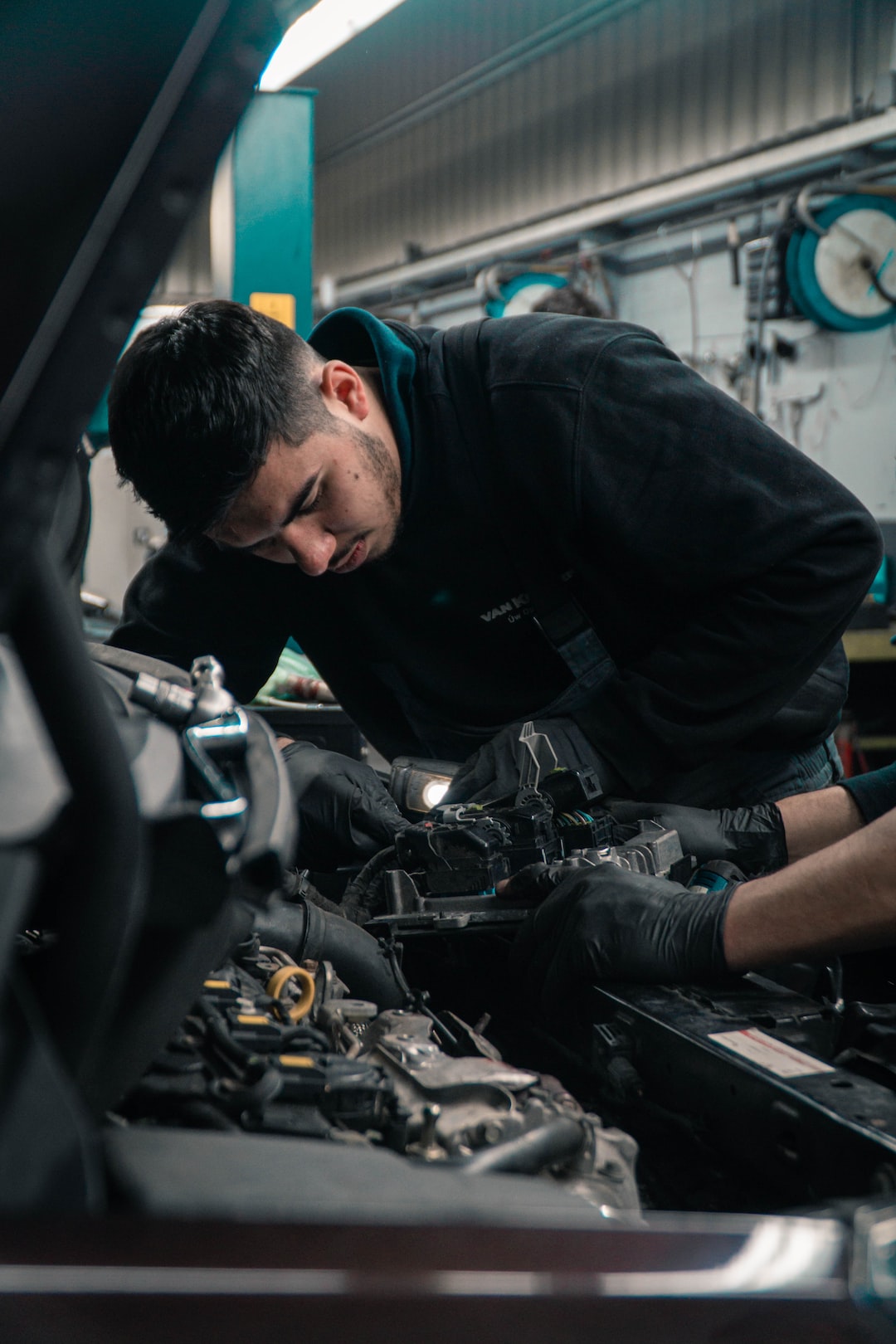Digital Twin Technology: Enhancing Manufacturing Design and Simulation
In recent years, the manufacturing industry has witnessed a revolutionary technology known as “digital twin” that has completely transformed the way we design and simulate manufacturing processes. With the advent of this cutting-edge technology, manufacturing companies have been able to improve their design efficiency, reduce costs, and enhance productivity.
But what exactly is a digital twin? Simply put, a digital twin is a virtual representation of a physical object or system. It incorporates real-time data from sensors and other sources to create a highly accurate digital replica of the physical asset. This virtual twin allows manufacturers to run simulations, predict performance, and perform analysis without the need for physical prototypes.
One of the key advantages of digital twin technology lies in its ability to streamline the design process. Traditionally, manufacturing companies would create physical prototypes, test them, make changes, and repeat the process until the desired outcome was achieved. This iterative process not only consumed a significant amount of time but also resulted in considerable costs. With digital twin technology, the design process has been optimized, allowing manufacturers to make changes in real-time, analyze the impact, and instantly see the results. This reduction in cycle time enables them to bring products to market faster, giving them a competitive edge.
Moreover, the use of digital twins in manufacturing design has significantly contributed to cost reduction. By eliminating the need for physical prototypes, manufacturers can save money on materials and production costs. They can also minimize the risk of errors and reworks, resulting in higher quality products. Additionally, digital twin technology allows manufacturers to identify potential design flaws or inefficiencies before they occur in the physical world, enabling them to make necessary adjustments and avoid costly mistakes.
Simulation is another area where digital twins have revolutionized the manufacturing industry. With the help of virtual replicas, manufacturers can simulate different scenarios and evaluate their impact on the system. This capability allows them to identify potential issues, optimize operations, and make informed decisions. For instance, in the manufacturing of automobiles, digital twin simulations can help identify bottlenecks in the production line, optimize workflows, and improve overall efficiency. By accurately modeling the production process, manufacturers can identify the optimal combination of parameters to maximize output and minimize downtime.
Another application of digital twin technology in manufacturing is predictive maintenance. By continuously monitoring the performance of physical assets in real-time, manufacturers can predict when equipment is likely to fail or require maintenance. This enables them to plan for maintenance and optimize the uptime of the system. By avoiding unplanned downtime, manufacturers can reduce costs associated with maintenance and repairs, improve overall equipment effectiveness, and optimize utilization.
Furthermore, digital twins can also be utilized to enhance worker training and safety. Virtual replicas allow manufacturers to simulate hazardous scenarios in a controlled environment, enabling workers to learn how to handle critical situations without exposing themselves to real-life dangers. This immersive training experience can significantly improve worker preparedness and safety, reducing the risk of accidents and injuries.
In conclusion, digital twin technology has brought about a paradigm shift in manufacturing design and simulation. By creating virtual replicas of physical assets, manufacturers can streamline the design process, reduce costs, and enhance productivity. The ability to simulate and analyze different scenarios enables them to optimize operations, identify potential issues, and make informed decisions. With continued advancements in this technology, we can expect further enhancements in manufacturing efficiency and productivity. It is clear that digital twin technology is here to stay and will continue to propel the manufacturing industry forward.
